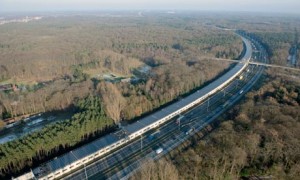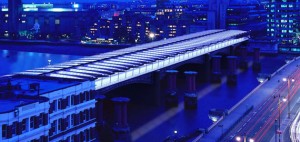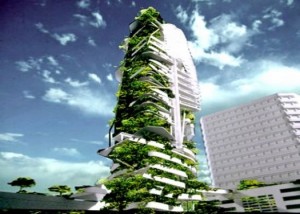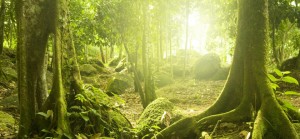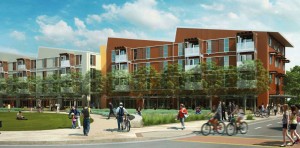 SolarCity and Google , today announced the creation of a new $280 million fund to finance residential solar projects. The Google-backed fund is the first collaboration between the Internet giant and the nation’s leading solar power and energy efficiency service provider, and represents Google’s largest investment to date in the clean energy sector. The fund is SolarCity’s largest project financing fund and the largest residential solar fund created in the U.S. SolarCity has now created 15 project funds with seven different partners to finance $1.28 billion in solar projects. Google has now invested more than $680 million in a wide range of clean energy technologies. This marks Google’s first investment in residential solar.
SolarCity and Google , today announced the creation of a new $280 million fund to finance residential solar projects. The Google-backed fund is the first collaboration between the Internet giant and the nation’s leading solar power and energy efficiency service provider, and represents Google’s largest investment to date in the clean energy sector. The fund is SolarCity’s largest project financing fund and the largest residential solar fund created in the U.S. SolarCity has now created 15 project funds with seven different partners to finance $1.28 billion in solar projects. Google has now invested more than $680 million in a wide range of clean energy technologies. This marks Google’s first investment in residential solar.
The SolarCity/Google fund will extend solar lease (SolarLease) and power purchase agreement (SolarPPA) options to customers who desire to have solar panels installed on their homes, but do not wish to make the larger upfront investment to purchase the systems. SolarCity serves Arizona, California, Colorado, the District of Columbia, Maryland, Massachusetts, New York, New Jersey, Pennsylvania and Texas, and has more than 15,000 solar projects completed or underway. More than 12,000 of those customers have chosen SolarCity’s financing options, while 3,000 have purchased their systems.
“Google has made a series of investments in renewable energy because they make business sense and help deploy a range of solutions that can help move us toward a clean energy future,” said Rick Needham, Director of Green Business Operations at Google. “Now, through this partnership with SolarCity, we’re excited to be making our first investment in distributed residential solar, making it easier and more affordable for consumers across the country, including our own employees, to use renewable energy at their own homes.”





